Are you looking to boost the efficiency of your business’s culinary operations? Explore our range of specialized kitchen appliances, including hand blenders, meat grinders, and stand mixers, all designed with your specific business needs in mind. Experience the outstanding performance and durability that come with appliances tailored for professional environments. Elevate your culinary productivity without compromising on quality. Contact us today for customized solutions that prioritize your business’s needs!
Unlock the future of kitchen efficiency with Gainer’s advanced digital and cordless kitchen appliances—where convenience meets cutting-edge technology. Imagine your commercial kitchen enhanced by the latest in digital controls, offering precision at your fingertips, and the freedom of cordless operation.
With Gainer’s innovative cordless hand blenders, cordless hand mixers, and cordless choppers, you can seamlessly integrate digital accuracy with the untethered flexibility of cordless tools. Prepare to elevate your culinary creations with appliances that offer smart features for consistent results, ensuring each dish reflects your culinary ambition without the physical constraints of cords.
Step into the future with Gainer, where digital meets cordless—designed not just to keep up with your kitchen, but to lead it. Contact us today and let Gainer transform your commercial space into a hub of efficiency and quality. Elevate your culinary experience now—because your kitchen deserves the best.
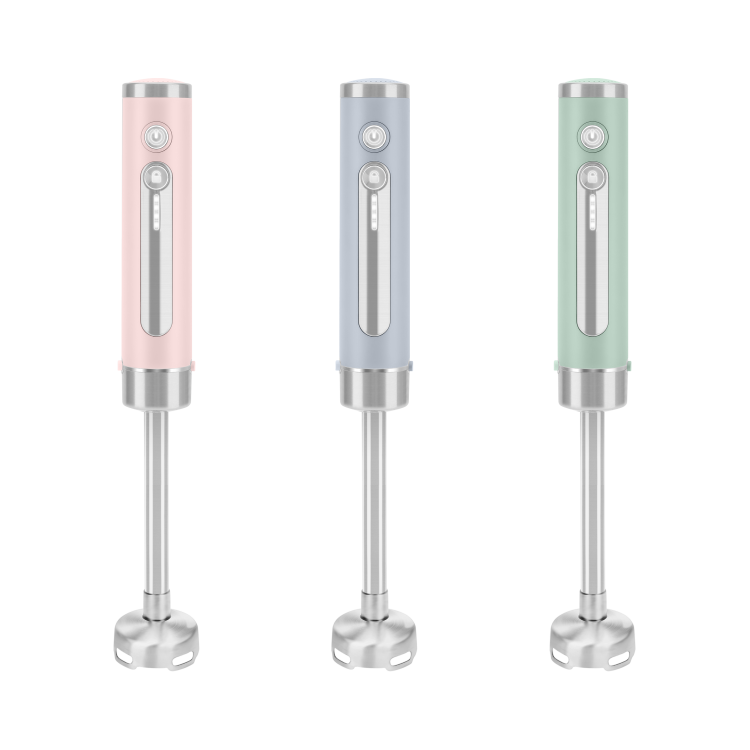
Step up your kitchen game with our cordless hand blender! Designed to move freely around your busy kitchen, it lets you blend with ease—no cords to tie you down. Perfect for busy chefs, this blender delivers smooth, consistent results every time. Experience the ultimate in convenience and step into a new era of cooking with style!
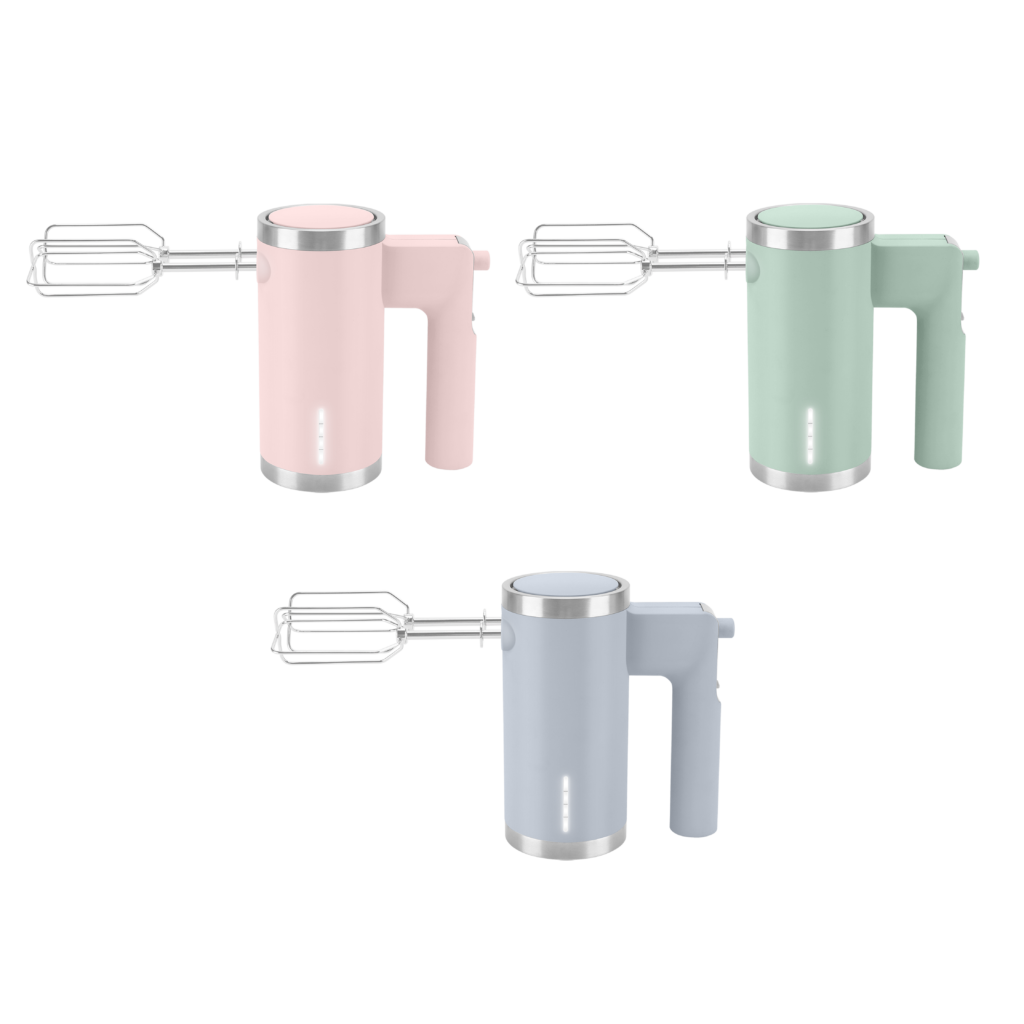

Speed up your prep time with our cordless chopper! It’s the perfect portable tool for precise, quick chopping, helping your team breeze through prep work. Less time chopping means more time for creativity and service in your kitchen. Dive into efficiency and make your cooking space a hub of productivity and innovation.
At Gainer, we specialize in designing kitchen appliances like cordless hand blender, cordless hand mixer, and cordless chopper that are customized to the unique needs of your business. Here’s how our products align with your specific requirements:

Optimal Quiet Performance: Enhance your kitchen’s workflow without raising the noise. Our appliances are engineered to be powerful yet incredibly quiet, perfect for bustling environments where both performance and a comfortable atmosphere are important.
Personalized Branding Options: Show off your brand’s style with our range of logo customization options. Choose from silk screening, laser engraving, or steel stamping to add a personal touch to your products that resonates with your brand’s identity.
Collaborative Product Development: Tap into our advanced R&D capabilities for truly bespoke product solutions. We offer collaborative opportunities to co-invest in molds, allowing you to develop unique products that truly reflect your brand’s distinct characteristics.
Advanced Digital Innovation: Keep your kitchen ahead of the curve with our innovative digital products. We’re constantly updating our offerings with the latest technology, ensuring that your business remains at the forefront of the culinary industry.
From 2018 to 2022, the market for corded appliances remained the largest, showing a growth of $42.5 million. Despite market fluctuations, this category grew at a steady rate of 5.6% annually. On the other hand, although cordless appliances were the smallest market segment, they also saw significant growth, with an increase of $10.6 million during the same period. The growth rate for cordless appliances was even higher, at 8.0% annually, indicating a strong and increasing interest in more mobile and flexible appliance options.

In the global hand blender market, corded models continue to dominate. As of 2023, corded hand blenders held a significant 84.2% of the market, while cordless models made up 15.8%. Looking ahead to 2028, corded blenders are expected to still lead with 81.6% of the market, but cordless blenders will slightly increase their share to 18.4%. Between 2023 and 2028, the market is projected to see a rise in sales, with corded blenders expected to grow by $111.4 million and cordless blenders by $33.9 million, indicating growing interest in more mobile and flexible options.


In 2023, the cordless segment was the smallest in the hand blender market and will remain so in 2028, but it’s growing faster than any other part of the market. Specifically, the cordless segment is expected to grow at an impressive rate of 12.2% annually from 2023 to 2028. By the end of this period, its market size is projected to jump from $43.6 million to $77.5 million. Additionally, cordless hand blenders, which made up 15.8% of the market in 2023, will increase their market share to 18.4% by 2028. This segment is also set to contribute 23.3% of the total market growth during this time.

From 2023 to 2028, the global hand blender market is expected to grow from $276.8 million to $422.1 million, presenting a notable growth opportunity of $145.3 million. Within this growth, the corded segment will play a dominant role by contributing 76.7% to the incremental market growth. This highlights the corded segment as the primary driver of market expansion during this period, underscoring its significant impact compared to the cordless segment. This contrast points to the ongoing importance of corded models in the overall market landscape.
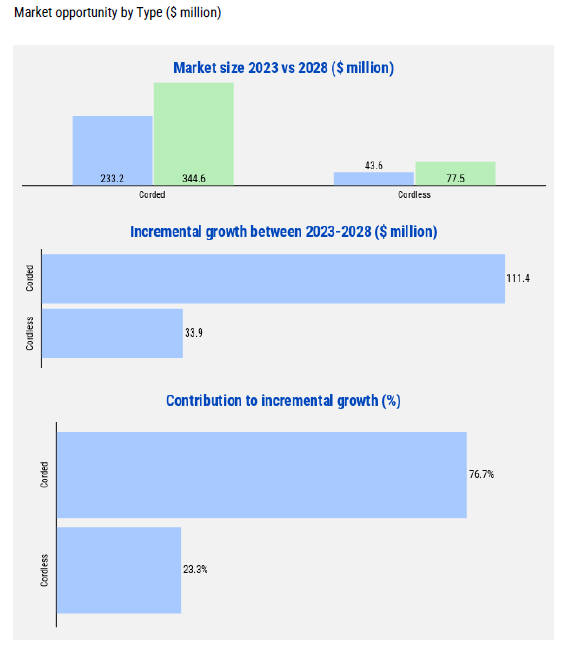

To streamline your access to the information, we’ve prepared a PDF version containing all the content from this page. Simply provide your email, and we’ll send the download link to your inbox, ensuring you can retrieve the information promptly and efficiently.
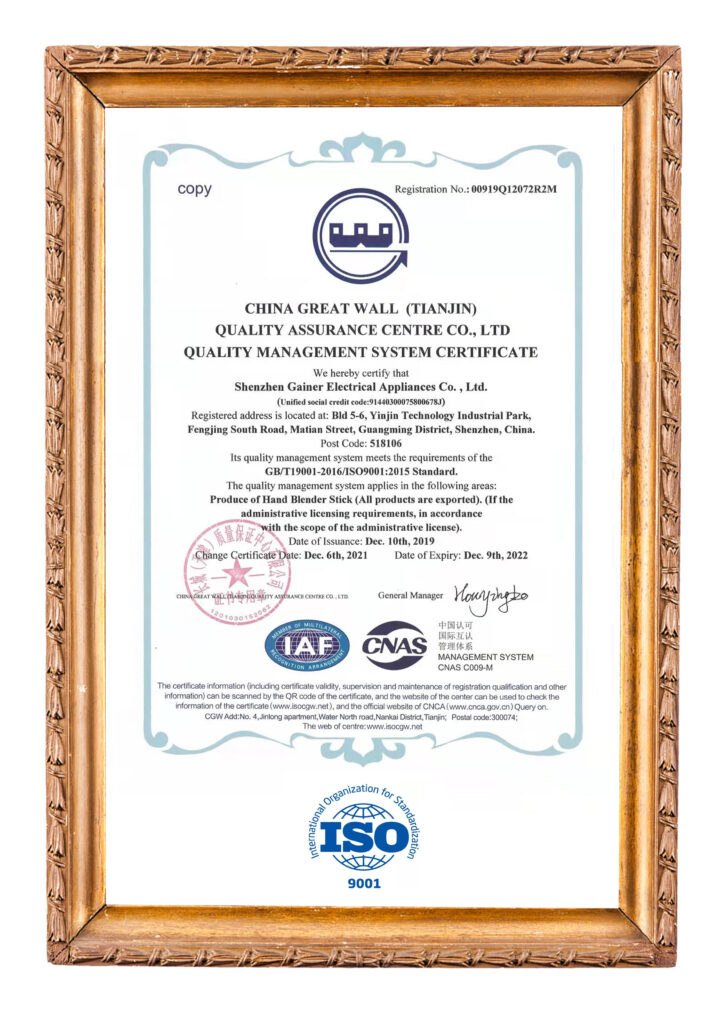
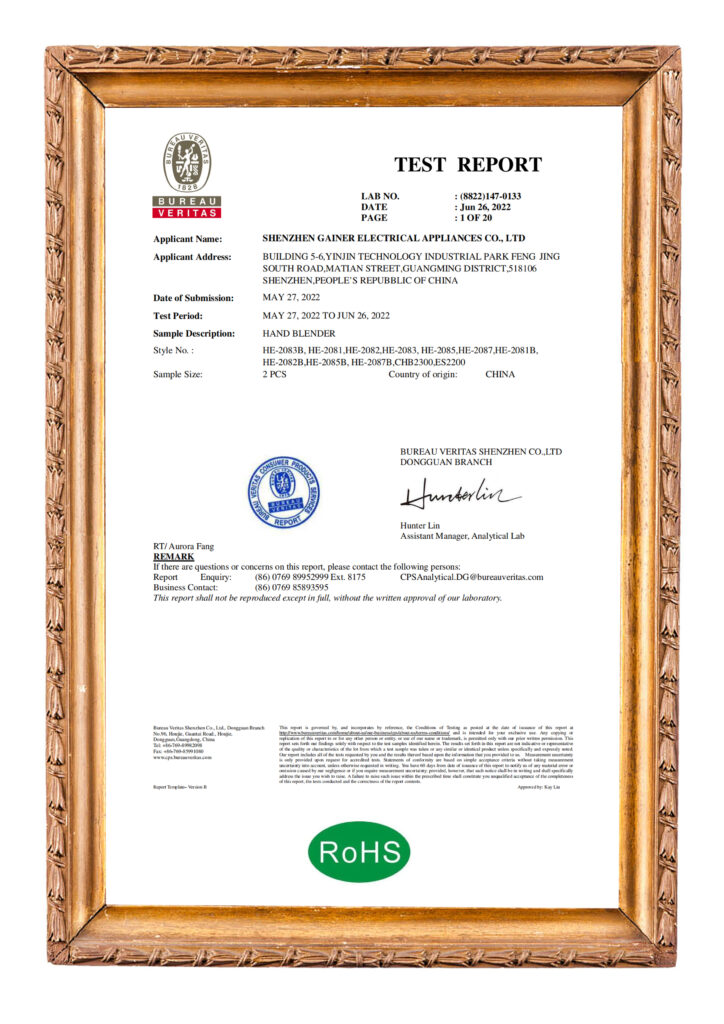

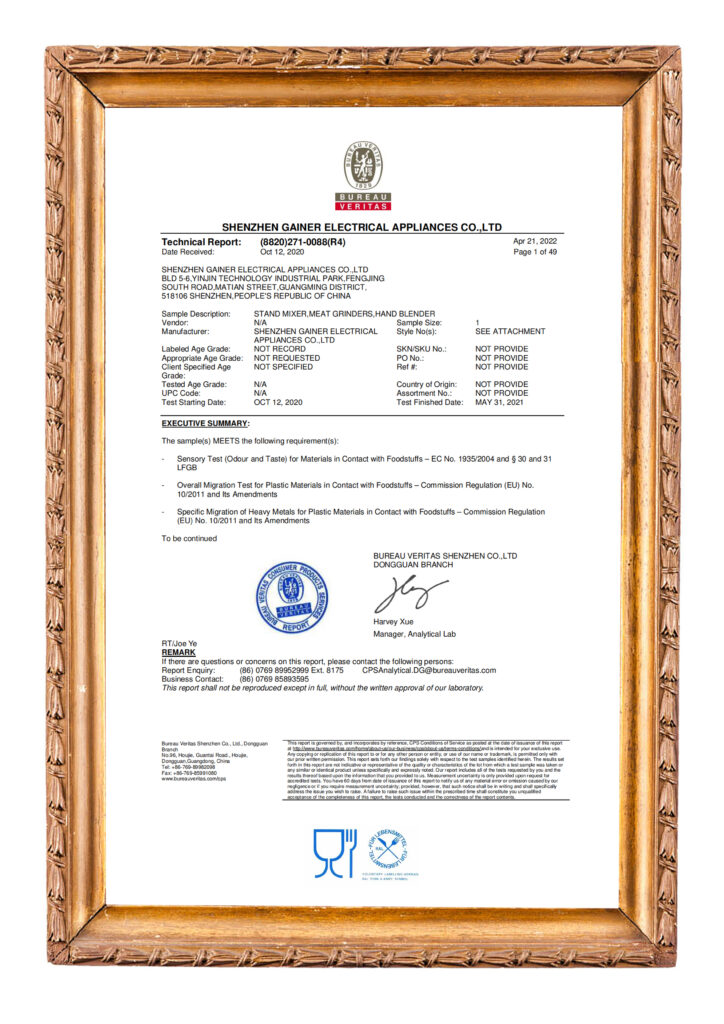
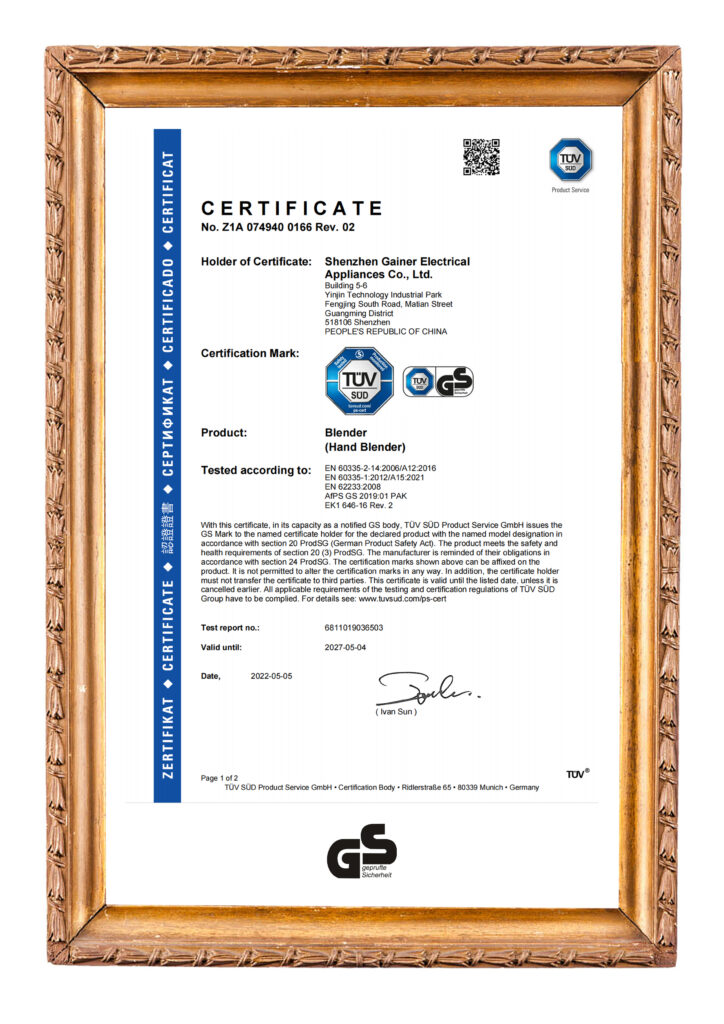
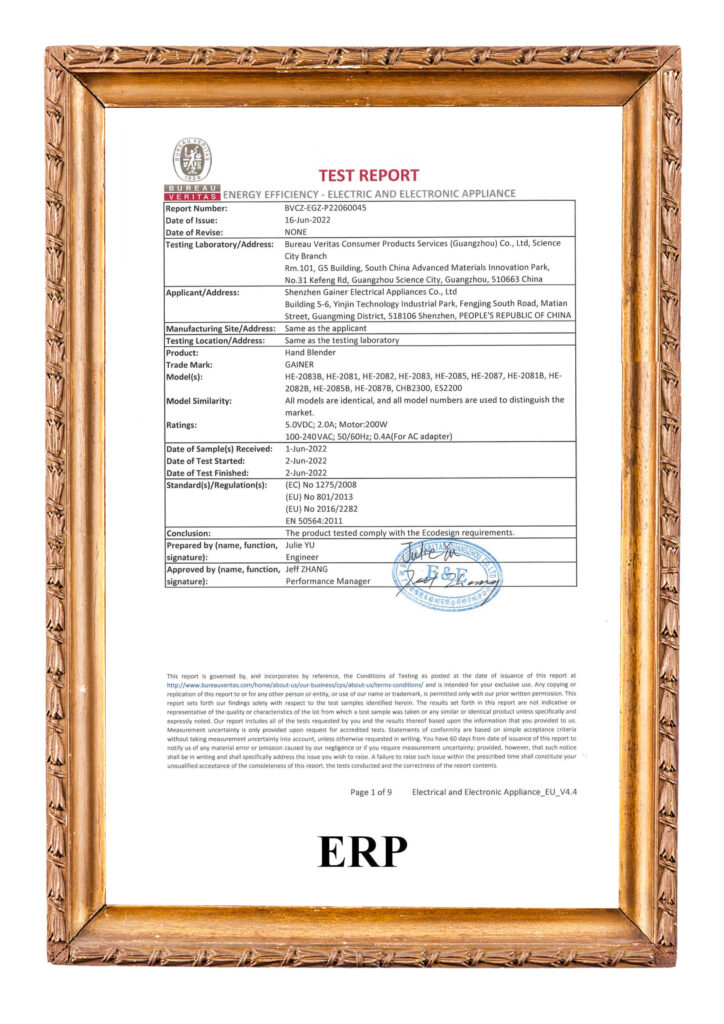
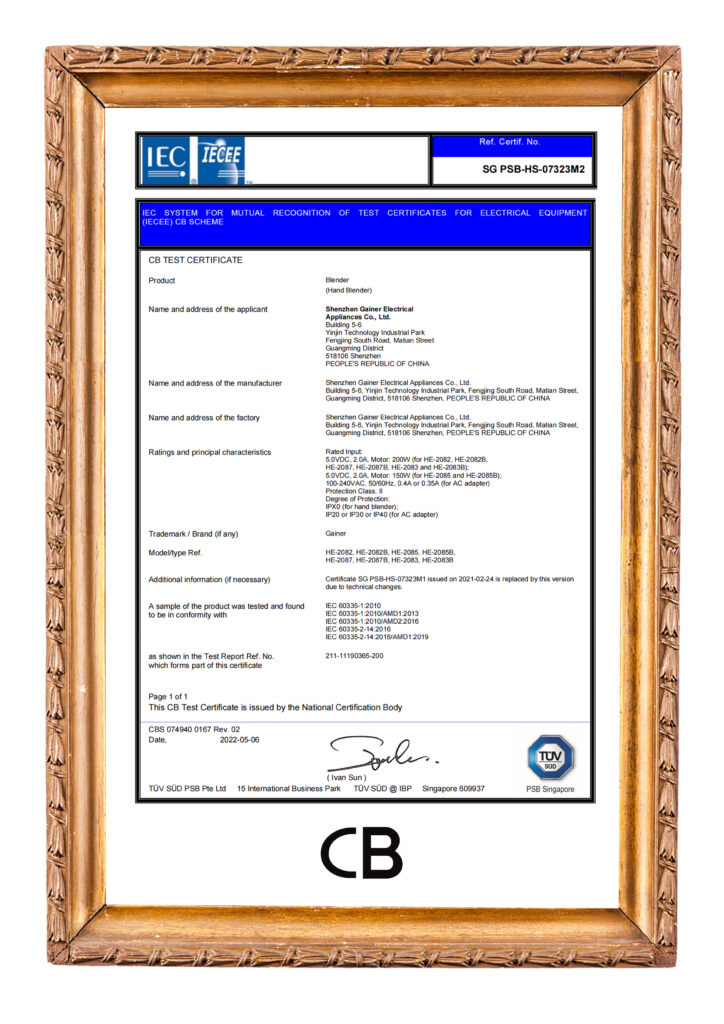
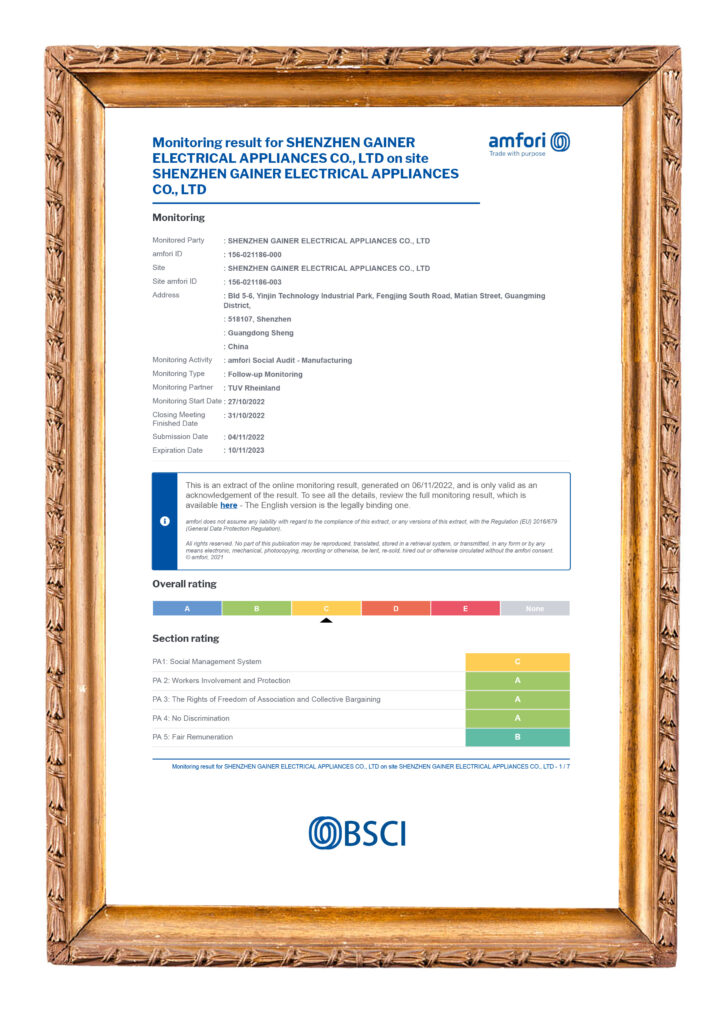
Designed with both professional chefs and home cooking enthusiasts in mind, this blender combines high functionality with user-friendly features. Below, you’ll find a comprehensive list of its technical specifications, including everything from battery capacity and motor type to surface treatments and available color options. Each feature is meticulously crafted to enhance your culinary experiences, ensuring efficiency, safety, and versatility in a variety of kitchen environments.

We’ve gathered the most common questions about our cordless hand blenders to help you better understand how they can meet your business needs. If you have any additional inquiries, please don’t hesitate to reach out—we’re here to assist you.

Our Cordless Hand Blender is equipped with a dual 2000mAh battery, which ensures prolonged use and robust performance for extensive blending tasks. This feature allows users to prepare multiple dishes without the concern of frequent recharges.
The operational testing of our Cordless Hand Blender was conducted using a standard procedure where 240 grams of carrots and 360 grams of water were blended in alternating cycles of active blending and resting for one minute each. This rigorous testing ensures the blender’s readiness for a variety of kitchen tasks.
The motor of our Cordless Hand Blender is crafted from pure copper, rated at 150W. This design not only enhances efficiency but also ensures sustained power output during heavy usage, making it capable of processing a wide range of ingredients with ease.
The control system is streamlined with a single-button interface, featuring a green light that indicates different speeds. This intuitive design allows for easy adjustments during blending operations, ensuring a smooth user experience.
The top cover is made from SUS 304 stainless steel with a brushed finish, offering both durability and a refined aesthetic to the appliance. This choice of material contributes to the longevity and visual appeal of the blender.
Designed with a unique flower bud cover, the blender effectively prevents spillages and overflows during operation, ensuring a clean blending environment. This feature not only enhances practicality but also adds a decorative touch to the appliance.
The blender operates at a noise level of just 70dBA, making it one of the quieter models available. This low noise output allows for a more pleasant kitchen environment, even during extensive use.
The blender comes equipped with a Type-C charging cable available in lengths of 60cm, 80cm, or 120cm, providing flexibility in charging locations and enhancing the convenience of use in different kitchen setups.
In case of overload, the blender is designed to automatically shut off to prevent damage to the motor. It is recommended to blend smaller portions or add more liquid to ease the blending process when dealing with heavier mixtures.

Explore the essential role of cordless hand blenders in your kitchen, perfect for everything from making smoothies to blending soups. Learn how these versatile appliances make cooking more efficient, offering the freedom to mix and blend without being tied to an outlet. Our guide will walk you through the benefits of using a cordless hand blender, highlighting its convenience and suitability for a variety of cooking tasks.
This guide also emphasizes the adaptability of cordless hand blenders in various kitchen settings, proving them to be an essential tool for any culinary enthusiast. Whether you’re upgrading your kitchen gadgets or considering bulk purchases for retail, our insights will help you choose the ideal cordless hand blender that meets your cooking needs with ease and efficiency.

Enhanced Mobility: Cordless hand blenders offer significant flexibility in kitchen environments, especially in professional settings where multiple dishes are prepared simultaneously. The absence of a cord allows chefs to move freely between workstations without the hassle of unplugging and replugging the device, facilitating seamless transitions from one preparation area to another. This mobility is crucial in commercial kitchens where efficiency and speed are paramount.
Safety: In busy kitchen environments, cords can pose tripping hazards or lead to accidents involving entanglement. Cordless models eliminate these risks, making them safer for use in fast-paced settings. This aspect is particularly important in open-kitchen designs where staff interact closely with each other and the risk of accidents increases with the presence of cords.
Convenience: Cordless hand blenders can be used in parts of the kitchen away from power outlets, offering greater versatility in food preparation. This is especially beneficial in large commercial kitchens or when catering at events where access to power outlets is limited. The convenience of cordless models extends to outdoor cooking setups, such as food trucks or outdoor catering events, where electrical connectivity might be restricted.

Battery Limitations: The operational time of cordless hand blenders is confined by battery life. In high-volume settings, where appliances are used continuously, the need to recharge batteries frequently can disrupt the workflow and reduce kitchen efficiency. Advanced planning is required to ensure that batteries are charged fully before peak hours of operation, and having multiple batteries or units may be necessary to maintain continuous use.
Power Constraints: Typically, cordless hand blenders are less powerful than their corded counterparts. The reduction in power can affect the blender’s ability to process tougher ingredients like frozen fruits or fibrous vegetables efficiently. For professional kitchens that require the blender to perform a variety of tasks quickly and effectively, this might necessitate the use of corded alternatives for more demanding jobs.
Consistency and Performance: Battery-operated devices may also suffer from reduced performance as the battery drains. This inconsistency can be problematic in settings where precision and consistency are critical, such as in the preparation of fine emulsions or when working with delicate ingredients that require precise control over texture.

Assessing Needs: Evaluate the primary uses of the hand blender within your operational context. If the tasks involve heavy-duty blending or if the blender is needed for prolonged periods, a corded model might be more appropriate due to its consistent power supply and superior performance capabilities.
Kitchen Setup and Workflow: Consider the layout of the kitchen and typical food preparation processes. In environments where mobility and the ability to blend at multiple locations are beneficial, a cordless model offers significant advantages. Conversely, if most blending tasks are centralized in one area near power outlets, the uninterrupted power of a corded blender might be more beneficial.
Usage Frequency and Volume: For kitchens with high-volume needs or where the blender is in constant use, the reliability and stamina of a corded blender are advantageous. For less frequent use or smaller tasks, a cordless model could provide sufficient convenience and efficiency without the drawbacks of a cord.
Cost and Investment: Finally, consider the investment in terms of initial cost and ongoing maintenance. Cordless models might require additional expenditure on batteries and charging systems, whereas corded models generally have lower maintenance costs and fewer additional expenses after the initial purchase.

Suitability for Professional Use: Many modern cordless hand blenders are designed to meet the demands of professional kitchens. They are equipped with high-capacity batteries and powerful motors that cater to continuous and rigorous use. These advancements make them suitable for various professional settings, from small cafes to large restaurants.
Performance: To ensure that cordless hand blenders meet the requirements of a professional kitchen:
Specialized Tasks: While cordless hand blenders can perform many common kitchen tasks effectively, they may not always replace corded models completely, especially for extremely heavy-duty blending or when ultra-fine textures are required. In such cases, having both types of blenders can provide flexibility and ensure optimal outcomes.

Enhanced Safety Features: The design of cordless hand blenders often focuses on safety to accommodate all users, including those with limited mobility:
No Cords: Eliminates tripping hazards, making it safer for use in environments where cords could pose a risk.
Lightweight and Ergonomic Design: Many models feature ergonomic handles and lightweight construction, which are easier to hold and operate, reducing strain and the risk of accidents.
Control and Ease of Use:
Simple Controls: Cordless blenders typically have straightforward, easy-to-press buttons and intuitive controls, making them accessible even for users with limited hand strength or dexterity.
Stability and Non-Slip Features: Non-slip materials on handles and bases enhance grip and stability, further increasing safety during use.

Economic Efficiency:
Volume Discounts: Purchasing in bulk often comes with price reductions. Negotiate with suppliers for the best deals based on quantity.
Supplier Reliability: Ensure the supplier has a good track record with fast delivery and responsive customer service, which is crucial for maintaining workflow in commercial settings.
Technical Specifications:
Battery Life: Assess the battery life against typical daily usage patterns. Blenders that can last a full service shift without recharging are preferable.
Performance Consistency: Choose blenders that maintain consistent speed and performance as the battery drains.
Service and Support:
Warranty: Look for products with a commercial warranty that covers frequent use.
Service Agreements: Consider suppliers that offer service agreements or on-site maintenance to quickly resolve any issues that may arise.

Optimal Charging Practices:
Follow Manufacturer Recommendations: Adhering to the manufacturer’s guidelines for charging and storage can prolong the battery’s life.
Regular Calibration: Periodically run the battery through a full charge cycle from 0% to 100% to calibrate the power gauge, ensuring accurate battery life readings.
Scheduled Maintenance:
Routine Inspections: Regular checks for battery corrosion, wear, and tear can prevent long-term issues.
Storage Conditions: Store batteries in a cool, dry place and avoid exposure to extreme temperatures to maximize lifespan.
Replacement and Recycling:
Timely Replacement: Replace batteries that no longer hold a charge as expected to maintain optimal performance.
Proper Disposal: Recycle old batteries properly to comply with environmental regulations and support sustainability efforts.

Versatility through Attachments:
Multiple Attachments: Models that include attachments like whisks, choppers, or dough hooks increase the range of tasks the blender can perform.
Interchangeable Heads: Some blenders offer interchangeable heads for different types of blending and chopping, adding to their utility.
Performance Enhancements:
Speed Variability: Adjustable speed settings allow for precise control over blending, which can be crucial for achieving the right texture in dishes.
Pulse Feature: A pulse option provides short bursts of power for fine control over the blending process, useful for delicate or detailed blending tasks.
Convenience Features:
Easy Cleaning: Look for models that are easy to disassemble and have dishwasher-safe components to save time and ensure hygiene.
Built-in Battery Indicators: Battery level indicators help monitor charge levels, preventing unexpected power interruptions during use.

Planning for Continuous Operation:
Battery Backup: Have additional batteries charged and ready to swap to keep the blender operational at all times.
Multiple Units: Depending on the size of the operation, having several blenders available can help manage workload more efficiently during peak times.
Sanitation and Cleaning:
Regular Cleaning Regime: Establish a cleaning schedule that fits the kitchen’s workflow to ensure blenders are always ready for use and maintained according to health standards.
Hygienic Storage: Store blenders in a clean, dry place to prevent contamination and prolong the life of the device.

Battery Management for High Volume:
High-Capacity Batteries: Select blenders with high-capacity batteries suited for prolonged use.
Charging Infrastructure: Install multiple charging stations to ensure continuous operation, considering a centralized charging location for efficiency.
Durability for Commercial Use:
Robust Build: Choose blenders designed for commercial use with durable materials that can withstand frequent use and cleaning.
Warranty and Service: Opt for models with extensive commercial warranties and reliable customer service for quick resolutions to operational issues.
Performance for Professional Kitchens:
Powerful Motors: Ensure the blenders are equipped with powerful motors to handle various blending tasks quickly and efficiently.
Variable Speeds: Look for models with multiple speed settings to handle different tasks from whipping cream to blending dense mixtures.
Safety and Ergonomics:
Safety Features: Prioritize blenders with built-in safety features such as overheating protection and secure grip handles.
Ergonomic Design: Choose designs that are comfortable to hold and use, reducing fatigue for kitchen staff during long shifts.
Cost Analysis and ROI:
Cost-Benefit Analysis: Evaluate the cost relative to the efficiency and productivity gains from using cordless blenders in a high-volume environment.
Return on Investment: Consider the potential for faster preparation times and lower labor costs as part of the ROI calculation.

Building 5,101-401,6 whole building, Yinjin Technology Industrial Park, Fengjing South Road, Matian street, Guangming District, Shenzhen, Guangdong, CN
Send us a message and have a chance to get free an industry research report, Shenzhen travel guide and free quote. We will be back to you ASAP!
Tel: 86 – 15818554662
Wechat: 15818554662
Email: [email protected]
Address: Building 5,101-401,6 whole building, Yinjin Technology Industrial Park, Fengjing South Road, Matian street, Guangming District, Shenzhen, Guangdong, CN